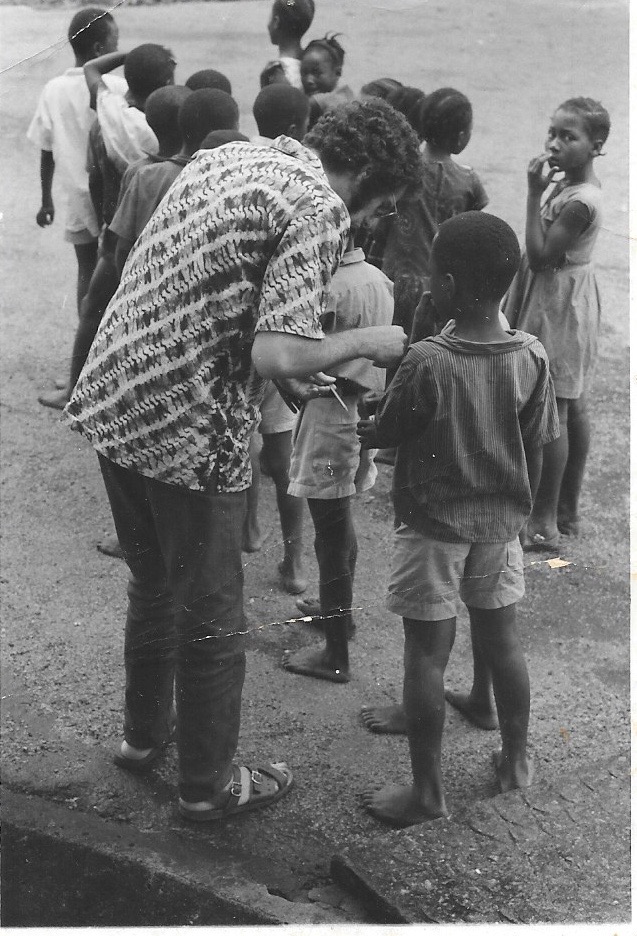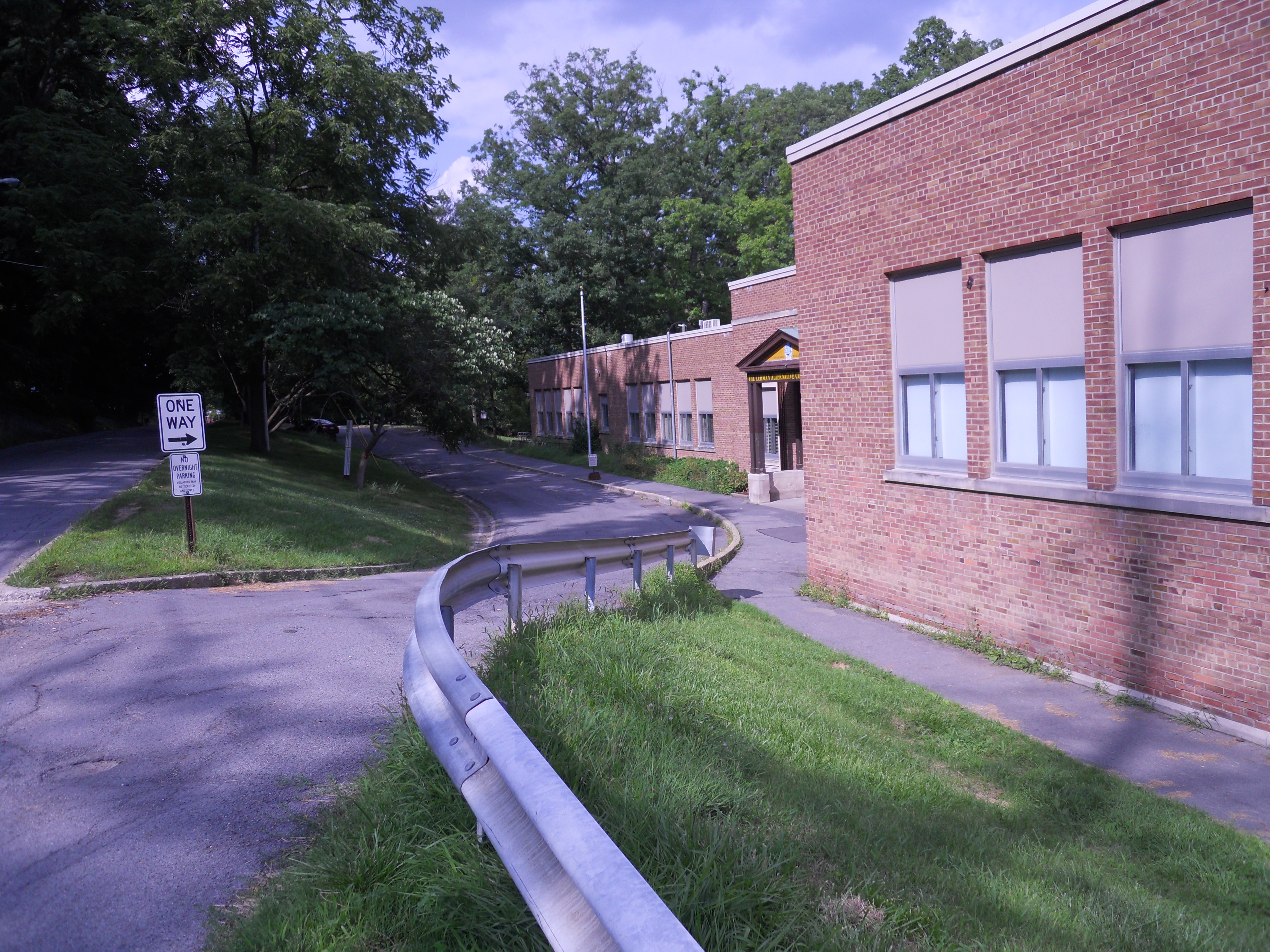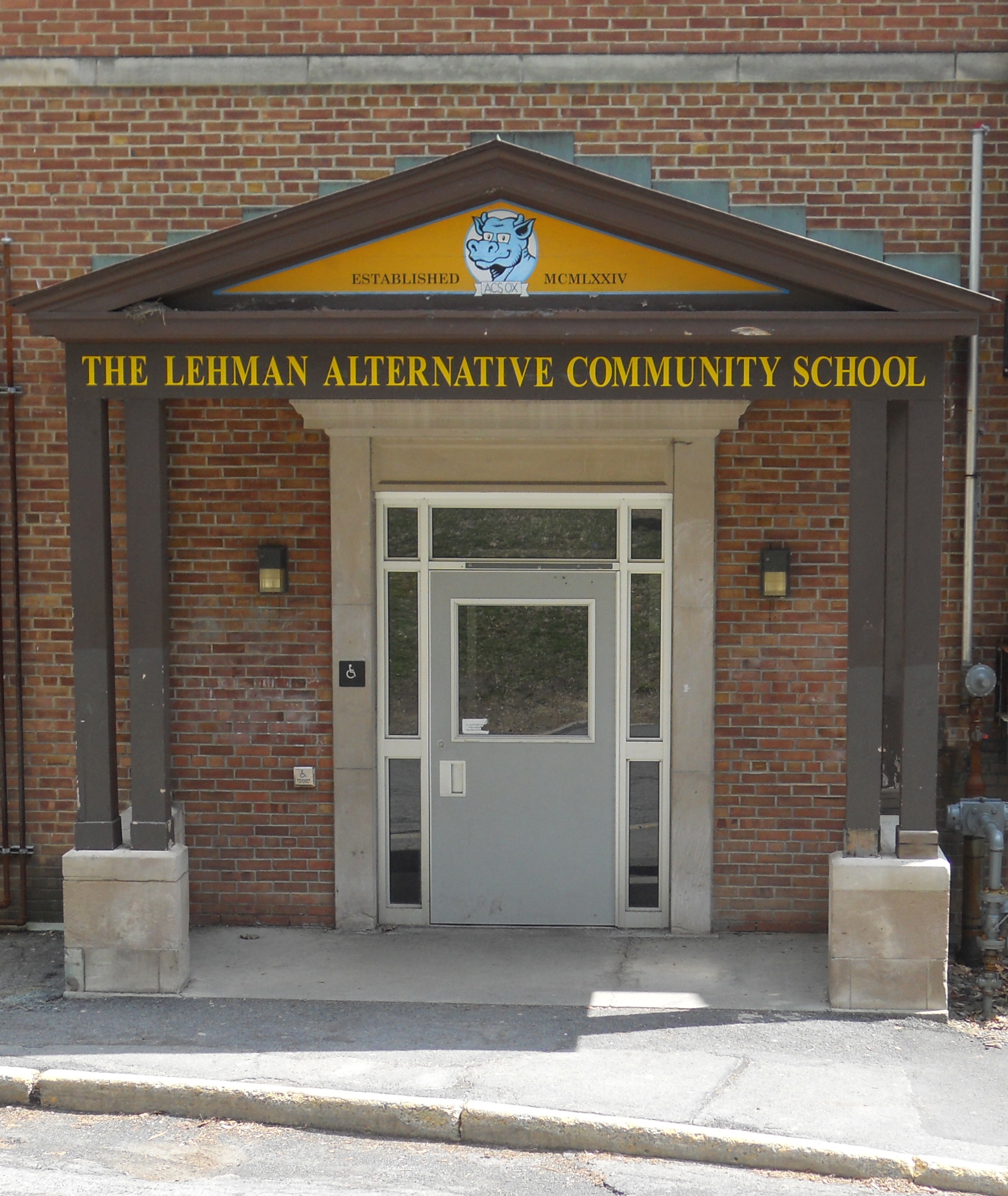To understand the season, winter, spring, summer or fall, what must we do? What is a season? Understanding the seasons is not just a matter of looking at a calendar or being aware of what the weather was yesterday, and the week or month before that, or today.
It is not simply exploring the basic science: The earth rotates, causing day and night. And it is tilted on an axis, so it follows a path around the sun. In summer one half of the earth faces the sun more directly so it gets the light from the sun more intensely and for a longer period of the day. The other half experiences winter, as it is turned away from the sun.
To understand what the seasons mean to us, we utilize memories of past years, and past moments. We become aware of how everything is constantly changing. That life itself is change. One minute is different than the last.
And we must be aware how we, also, change. Not just our moods, sensations and thoughts, but how we feel as the earth changes. We and the earth change together, although maybe not in the same way or at the same pace. Because the earth moves around the sun and is tilted at a certain angle, we experience sensations of cold or warmth. We become aware of what it feels like to be alive on this earth in this particular moment.* We become aware that to understand the seasons we must understand the being who is doing the studying, namely ourselves.
And one way to generate compassion for other humans is to imagine how people throughout history have tried to live a seasonal moment similar to this one. Here are two seasonal mindfulness practices. As with any guided meditation or visualization, please try these practices yourself before sharing them with your students. Make adjustments to fit their needs and history.
You might ask students: What purposes, ecologically and psychologically, might the seasons serve? In the fall, when you see the first snowfall, what do you feel?
In November, when we set the clocks back, what do you feel?
I know some people love the snow and look forward to winter. When I was still working as a teacher, I remember the joy that filled the school with the first snowfall. Students could barely focus on the academic lesson when Mother Nature had a deeper lesson in store for us. They would rush to the window and look out with wonder. Each snow was the only snow they had seen, ever, so beautiful and exciting.
Yet, for others, winter is a turning in. We cuddle within an extra blanket of clothing to find something kinder than the chill we get from fear and doubt. We wonder if the warmth will ever return. Will the earth ever bear fruit again? Will the dark continue to dominate the light?…
*The Dharma of Dragons and Daemons, by David Loy, can be extremely helpful for developing lessons using modern fantasy literature and films to teach lessons about time, nonviolence, and engaging in the world.
To read the whole post, go to: MindfulTeachers.org.





